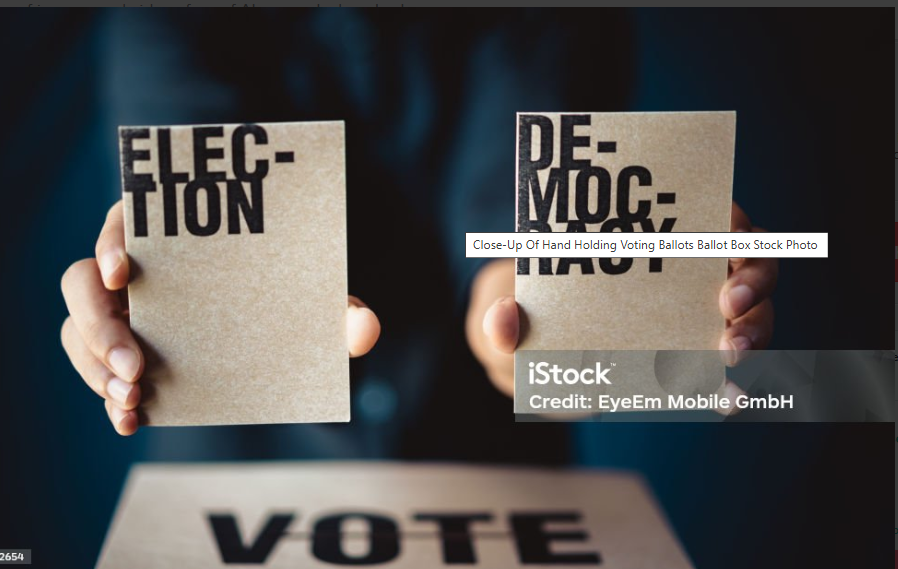Turning Waste into Worth: How Businesses Can Lead the E-Waste Recycling Revolution
Every year, millions of tons of electronic waste (e-waste) quietly pile up in landfills, storerooms, and scrapyards. Outdated gadgets, broken machines, and forgotten devices — all once symbols of innovation — now contribute to a growing global crisis.
But here’s the hopeful truth: businesses have the power to rewrite this story.
In a world where sustainability is no longer a luxury but a necessity, e-waste recycling offers organizations a unique opportunity to not only reduce their environmental impact but also inspire real change.
Let’s dive into why this matters — and how your business can take the lead.
💻 What Is E-Waste and Why Should You Care?
E-waste includes any discarded electrical or electronic device — from computers, smartphones, printers, and routers to servers and industrial equipment.
According to recent global reports:
- Over 50 million metric tons of e-waste are generated annually
- Less than 20% is formally recycled
- The rest ends up in landfills or informal recycling units, releasing hazardous toxins like lead, mercury, and cadmium into the soil, water, and air
But the issue isn’t just environmental — it’s economic and ethical too. E-waste contains valuable materials like gold, silver, copper, and rare earth elements, which, if recovered, could significantly reduce the need for mining and resource extraction.
For businesses, this presents a critical moment: continue the cycle of waste — or become part of the solution.
🌱 Why Businesses Must Lead the Way
Businesses are some of the biggest contributors to e-waste — with IT hardware refreshes, server upgrades, office renovations, and remote workforce demands all accelerating electronics turnover.
But here’s the good news: businesses also have the scale, influence, and structure needed to drive systemic change.
Implementing a structured e-waste recycling program can help businesses:
✅ Improve sustainability and ESG ratings
More investors, regulators, and customers care about how businesses manage waste.
✅ Ensure secure data disposal
Certified recyclers offer data destruction services, protecting sensitive information during disposal.
✅ Reduce storage and logistics costs
Freeing up space occupied by unused or obsolete electronics improves operational efficiency.
✅ Strengthen brand reputation
Conscious consumers prefer brands that prioritize environmental responsibility.
🛠️ How to Set Up an Effective E-Waste Recycling Program
Starting an e-waste program might seem complex, but it doesn’t have to be. Here’s a step-by-step guide tailored for businesses of all sizes:
1. Audit Your E-Waste
Start by identifying what you currently have:
- Old laptops, desktops, and phones?
- Outdated servers and networking gear?
- Damaged peripherals like printers, monitors, cables?
Create an internal e-waste inventory, noting the condition, type, and quantity of items.
2. Identify Authorized E-Waste Partners
Always choose government-authorized or R2-certified e-waste recyclers who comply with environmental and data protection standards.
Ask them about:
- Secure data wiping and destruction
- Material recovery and recycling methods
- Certification and compliance documentation
- Pickup or collection services
3. Design a Collection System
Make it easy for your employees to participate:
- Set up e-waste bins in office common areas
- Designate monthly or quarterly collection drives
- Allow employees to bring personal e-waste from home
You can also include awareness signage or infographics on what qualifies as e-waste.
4. Ensure Secure Data Disposal
One of the biggest barriers to recycling is fear of data leaks. Work only with recyclers who:
- Use certified data destruction software
- Provide documentation or video proof of data wiping or device shredding
- Follow GDPR and IT Act-compliant protocols
5. Involve Employees & Create Awareness
Engage your workforce with campaigns:
- Host short awareness sessions on e-waste impact
- Organize “Tech for Good” weeks or gamify collection drives
- Share regular impact reports — “We recycled 150kg of e-waste and recovered 1kg of silver!”
When employees see their contribution making a difference, they become ambassadors of change.
6. Document & Share Your Impact
Track your recycling data:
- Total weight of e-waste collected
- Hazardous material diverted from landfill
- Rare metals recovered
- Equivalent carbon emissions avoided
Publish this in your CSR or sustainability reports, or share updates on platforms like LinkedIn to build trust with stakeholders.
🚀 Join the Sustainability Movement — One Device at a Time
Change starts with a mindset shift — from “discarding” to “recycling,” from “out of sight” to “in our hands.”
Whether you’re a small startup or a large corporation, your efforts matter.
At SAS Foundation, we’ve seen firsthand how businesses that embrace responsible e-waste practices go on to:
- Inspire their teams
- Attract green-conscious customers
- Contribute to the circular economy
- Reduce carbon footprints
We’ve helped companies implement e-waste systems that are simple, scalable, and impactful. And we’re just getting started.
🙌 Ready to Make a Difference?
Every keyboard you recycle. Every hard disk you shred responsibly. Every awareness session you host.
All of it counts.
If you’re a business leader, a sustainability officer, or just someone who believes in tech for good — let’s connect.
📥 Subscribe on LinkedIn for more insights & updates:
👉 https://lnkd.in/gfeaFC2v










